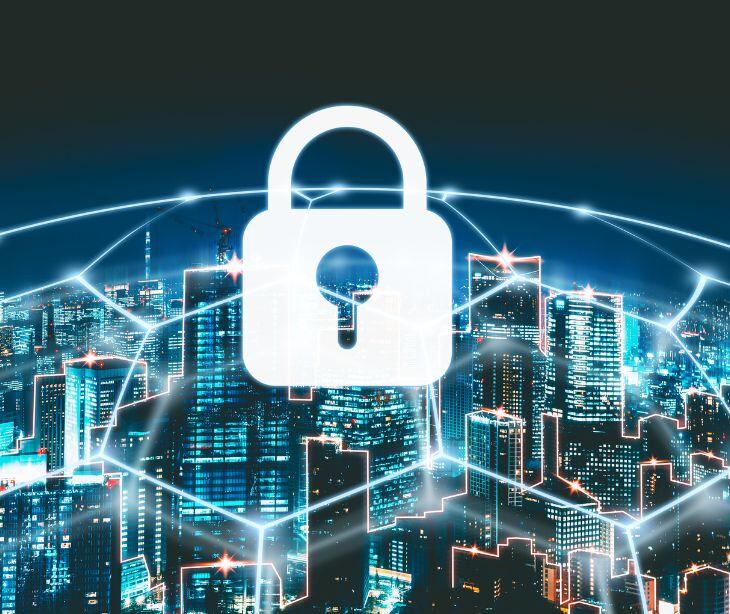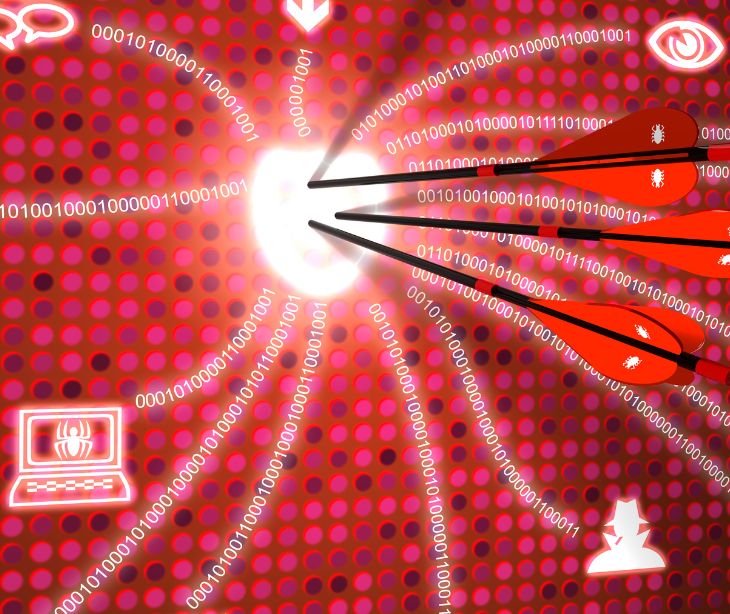
Cybercriminals constantly evolve tactics to gain unauthorized network access and launch cyberattacks. Organizations and individuals need to proactively understand and defend against these cyber threats.
Understanding the types of cybersecurity threats
Cybersecurity threats encompass a wide range of malicious activities that compromise the security and integrity of computer systems and networks. These threats can vary in complexity and impact, ranging from simple scams to highly sophisticated exploits:
Malware
Malware, short for "malicious software," is a common component of most cyberattacks. It refers to software code designed to harm computer systems or users. Malware can take various forms, including ransomware, Trojan horses, spyware, and worms.
- Ransomware is malware that locks a victim's data or device, demanding a ransom for release.
- Trojan horses are deceptive programs that appear useful but contain hidden malicious code. They can create secret backdoors on victims' devices or install additional malware.
- Spyware is a secretive malware that collects sensitive information without the victim's knowledge, including usernames, passwords, and credit card numbers.
- Worms are self-replicating programs that spread to other devices and apps without human interaction.
Social engineering and phishing
Social engineering is a technique that manipulates individuals into taking actions that compromise their own or their organization's security. Phishing, the most prevalent form of social engineering, involves fraudulent emails, attachments, text messages, or phone calls designed to deceive victims into sharing sensitive information or downloading malware:
- Spear phishing is a highly targeted form of phishing that leverages personal information from victims' social media profiles to make the scam more convincing.
- Whale phishing specifically targets corporate executives or wealthy individuals, often using personalized tactics.
- Business email compromise (BEC) scams involve cybercriminals posing as executives, vendors, or trusted business associates to trick victims into sharing sensitive data or making fraudulent money transfers.
- Domain name spoofing is another common social engineering scam, where cybercriminals use fake websites or domain names that mimic legitimate ones to trick people into entering sensitive information.
Man-in-the-middle (MITM) attacks
In a man-in-the-middle attack, a cybercriminal intercepts and relays messages between two parties to steal data. Unsecured Wi-Fi networks are often susceptible to such attacks. Cybercriminals can eavesdrop on network connections and gain access to sensitive information exchanged between users.
Denial-of-service (DoS) and distributed denial-of-service (DDoS) attacks
Denial-of-service (DoS) attacks overwhelm websites, applications, or systems with fraudulent traffic, rendering them slow or unavailable to legitimate users. DDoS attacks use a network of malware-infected devices or bots, known as a botnet, to launch the attack. These attacks can disrupt services and cause significant financial losses.
Zero-day exploits
Zero-day exploits target unknown or unpatched software, hardware, or firmware security flaws. These vulnerabilities give cybercriminals the advantage of using systems before vendors can address them. Notable examples include the Log4Shell vulnerability, which affected numerous web applications, cloud services, and servers.
Password attacks
Password attacks involve cybercriminals attempting to guess or steal login credentials. These attacks can rely on social engineering techniques or brute force methods, repeatedly trying different password combinations until one is successful.
Internet of Things (IoT) attacks
IoT attacks exploit vulnerabilities in connected devices, such as smart home devices and industrial control systems. Cybercriminals can take control of these devices, steal data, or use them as a botnet for other malicious purposes.
Injection attacks
Injection attacks involve hackers injecting malicious code into programs or downloading malware to execute remote commands. This enables them to read or modify databases and alter website data.
Go deeper:
- What is cyber extortion in healthcare?
- Why do cyberattacks happen?
- Your cybersecurity strategy is probably lacking
In the news
Recognizing the urgent need to bolster cybersecurity resilience across the healthcare industry, the Biden-Harris administration spearheaded the Health Sector Cyber Initiative. Under this landmark program, tech giants Microsoft and Google have stepped up to the plate, committing to provide rural and critical access hospitals with a lifeline of free and heavily discounted cybersecurity services.
The commitments from Microsoft and Google indicate the private sector's role in supporting the resilience of the rural healthcare system. By providing free and discounted cybersecurity services, these tech giants are stepping up to safeguard the communities that rely on these facilities for their well-being.
As the Biden administration's Health Sector Cyber Initiative continues to drive progress, the collaborative efforts of the public and private sectors will be necessary in ensuring that every American, regardless of their geographic location, can access the care they need without the threat of cyberattacks.
FAQs
What is a cyberattack?
A cyberattack is a deliberate exploitation of computer systems, technology-dependent enterprises, and networks. It involves unauthorized access, disruption, or theft of information from a targeted system or network.
How can individuals and organizations protect themselves from cyberattacks?
- Strong passwords: Use complex and unique passwords for different accounts.
- Security software: Install and regularly update antivirus and antimalware software.
- Employee training: Educate employees about cybersecurity best practices.
- Regular backups: Regularly back up important data to a secure location.
How do cyber attacks impact healthcare operations and patient care?
- On average, cyberattacks take healthcare organizations offline for six hours, with smaller hospitals commonly being offline for 9 hours or more.
- 95% of identity theft happens because of stolen healthcare records.
What are the consequences of cyberattacks on healthcare organizations?
Subscribe to Paubox Weekly
Every Friday we'll bring you the most important news from Paubox. Our aim is to make you smarter, faster.




